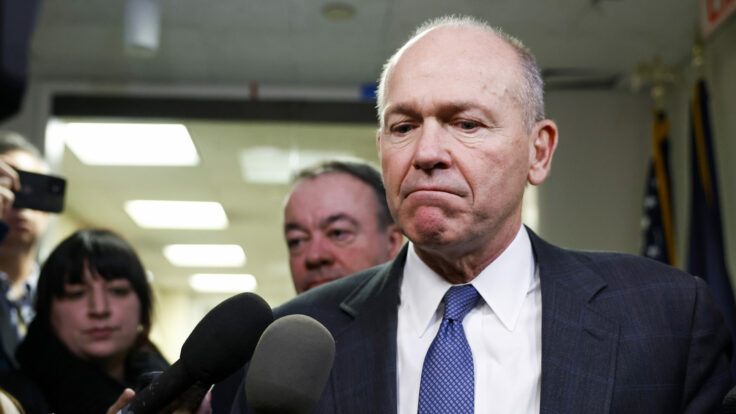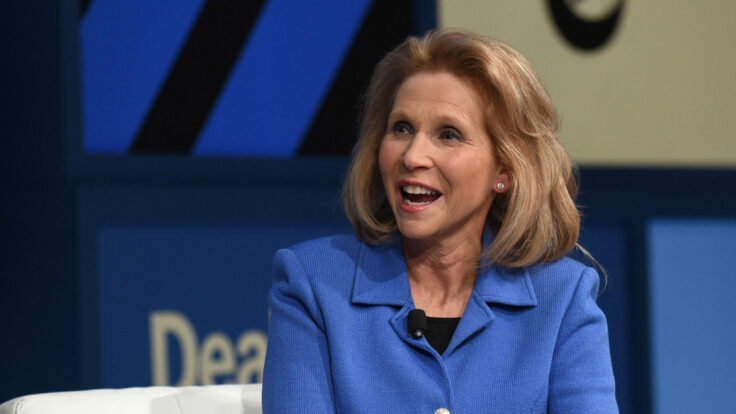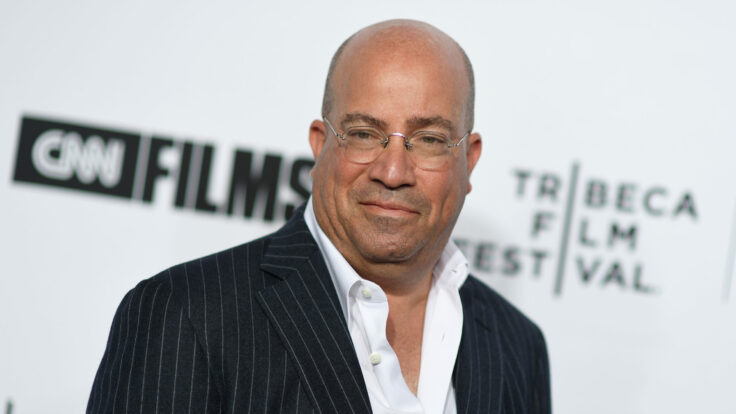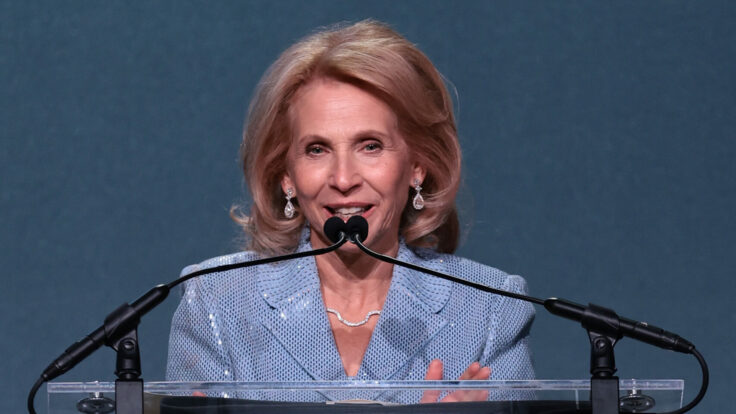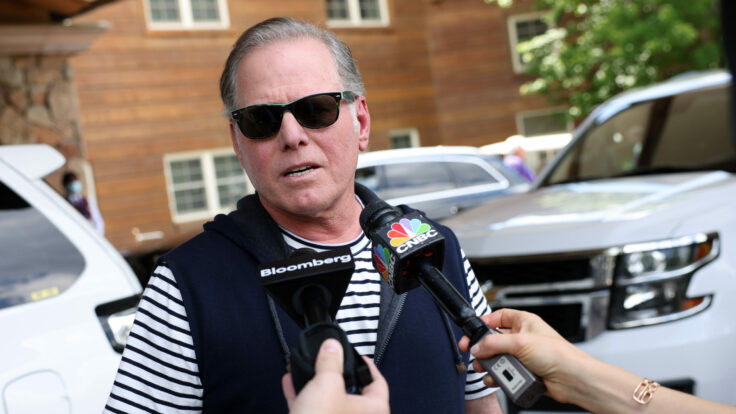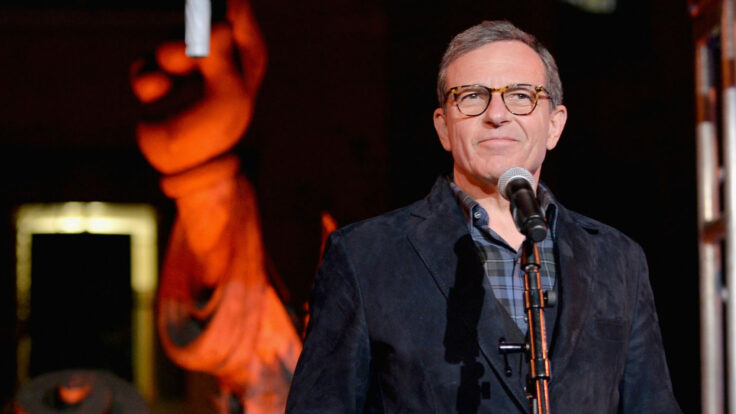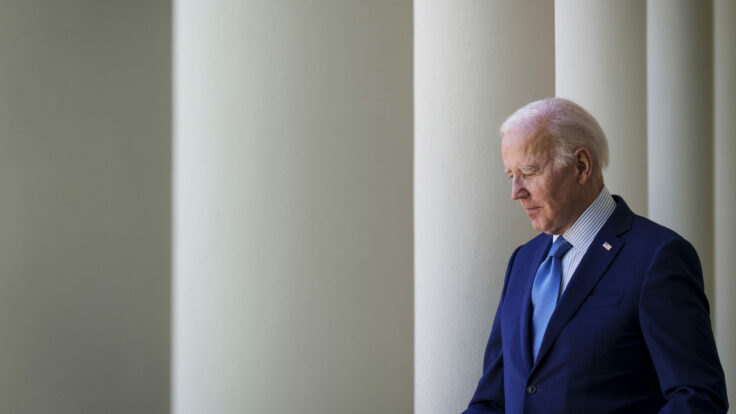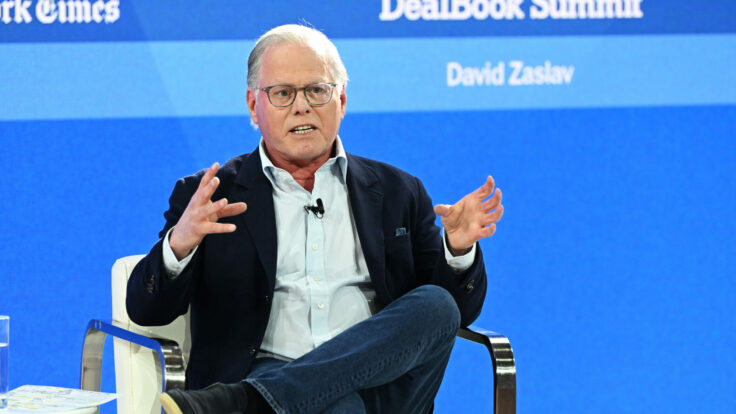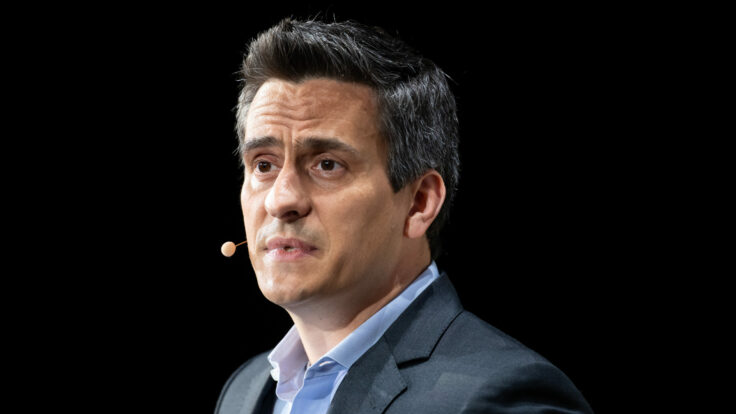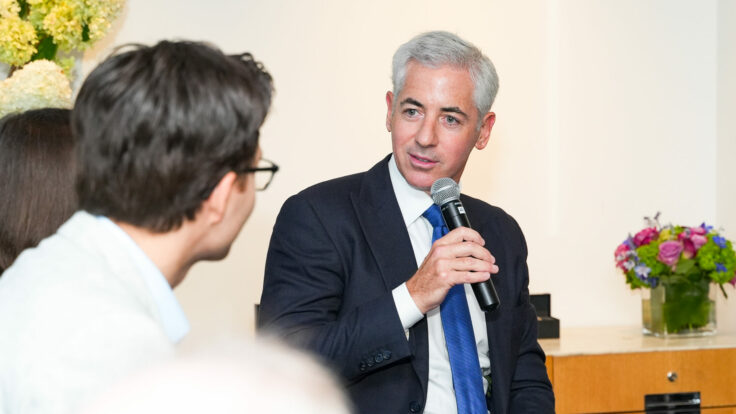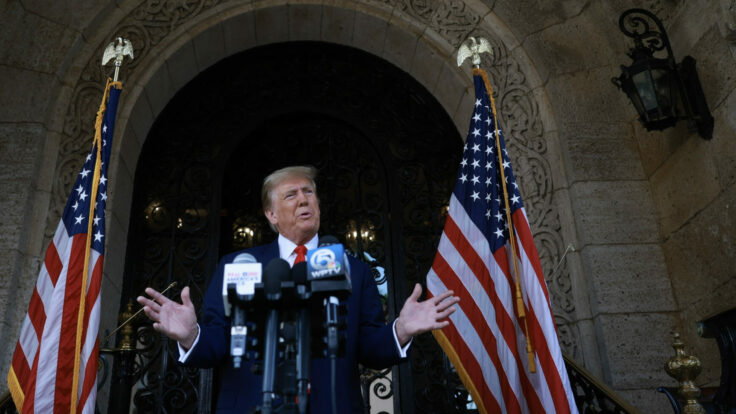Running Goldman Sachs is not an easy job, especially these days. As C.E.O. David Solomon noted repeatedly during last week’s investor conference the last three years have been anything but normal—the global bank is still dealing with the after-effects of a global pandemic, a complicated new interest rate environment, the reality of a wildly profitable 2021 followed by a far more challenging 2022, and the continued leaks about the unrest at the firm, especially among a subset of seemingly miffed partners.
That tension was very much on display during the afternoon question-and-answer period, when the Wells Fargo research analyst Mike Mayo got under Solomon’s skin a bit. Mayo’s beef, it seemed, was that Solomon ostensibly avoided answering a question that many yearned to know about: When would Goldman jettison its nearly decade-long, unprofitable effort to delve into consumer banking, with Marcus and with its Apple and GM credit-card affiliations, as well as its cash-management businesses?







